Last Updated on May 2, 2024 by Sarah Wilson
I didn’t expect to see Roman ruins in Morocco, but seemingly out of nowhere, the remains of Volubilis arise from the countryside. It’s pretty impressive and surprisingly not overrun with tourists. Well, it certainly wasn’t the day I visited.
So, apparently, the Roman Empire once stretched as far as Morocco, and you can explore its remains at the ruins of Volubilis.
Volubilis, a World Heritage Site, is located in the north of Morocco, about 20 kilometres north of Meknes and roughly 50 kilometres west of Fes. The nearest town is Moulay Idriss, which is about three kilometres away.

A Brief History Of Volubilis
Volubilis’ history spans several centuries and many cultures, including indigenous Berber, Roman, and later Islamic influences.
Pre-Roman Era: The site was most likely a Berber settlement before the Romans arrived. It was part of the kingdom of Mauretania, which was a Berber kingdom.
Roman Period (1st Century BC—3rd Century AD): Around 40 AD, the Roman Empire annexed Volubilis. Thanks to its fertile lands, the city flourished and became a major olive production and trade centre under Roman rule.
Post-Roman Period: As the Roman Empire weakened, the city of Volubilis remained inhabited, and by the late 3rd century, local Berber tribes had taken control of the running of the place.
Islamic Period: By the 8th century, Islamic conquests reached the region. And as the nearby city of Fez grew in importance, Volubilis was gradually abandoned.
The last records of it being inhabited are from the 11th century.
Today, Volubilis is a UNESCO World Heritage site, renowned for its well-preserved archaeological remains, impressive mosaics and offering insight into Roman-era life in North Africa.
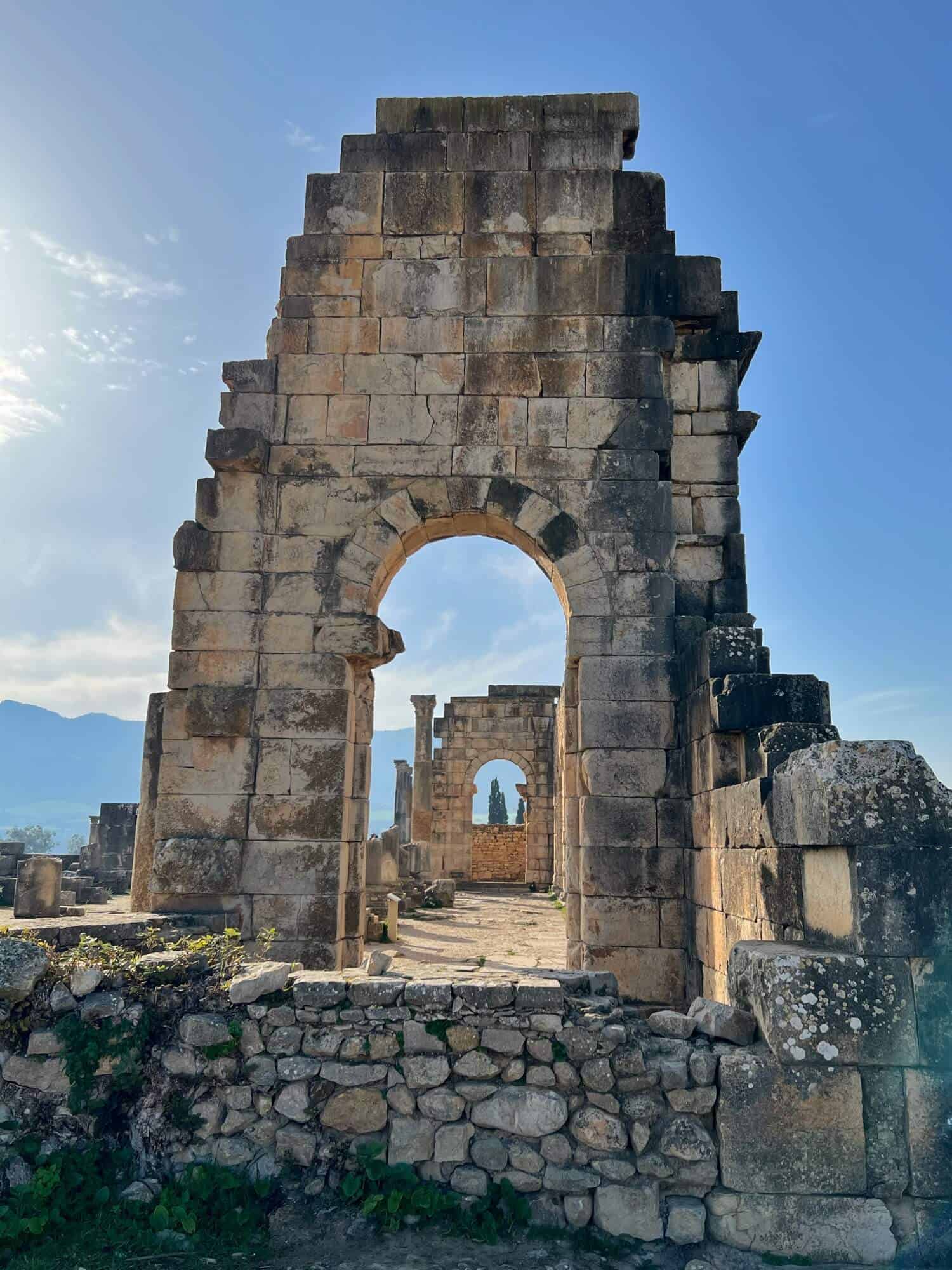
Why Should You Visit Volubilis?
This site is a treasure trove of knowledge and beauty for history buffs and culture enthusiasts. Walking through the ancient streets and exploring the remains of houses, temples, and public buildings will give you a deep appreciation and understanding of the region’s rich history.
The site is truly impressive, with well-preserved ruins, such as the Arch of Caracalla, the Capitol, and the House of Orpheus. The intricate, detailed mosaics on the floors of old buildings show the skill and creativity of the people back then.
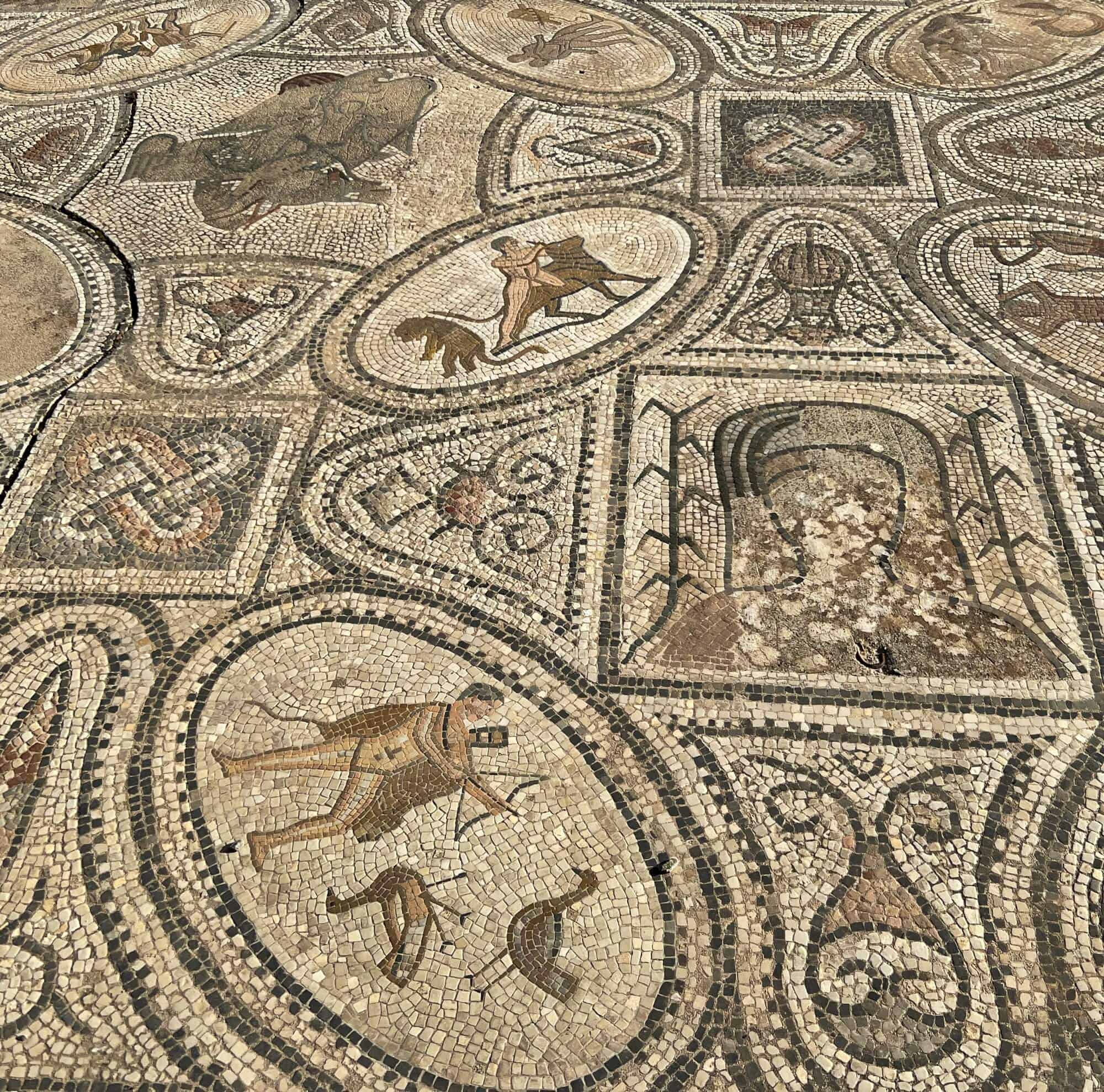
In addition to its historical significance, Volubilis offers terrific views of the surrounding countryside; it feels like you’re in the middle of nowhere.
The site is also relatively uncrowded compared to other tourist attractions in Morocco, allowing you to explore at your own pace and immerse yourself in the serenity of the ancient ruins.

What To See At Volubilis
Constructed in 217, the marble Triumphal Arch was built in honour of Emperor Caracalla and his mother, Julia Domna. The arch was originally topped with a bronze chariot.
The Capitol, Basilica and Forum are typically built at the highest point. The Capitol, which is dedicated to Jupiter, Juno, and Minerva, dates back to AD 218, and the Basilica and Forum lie immediately north.
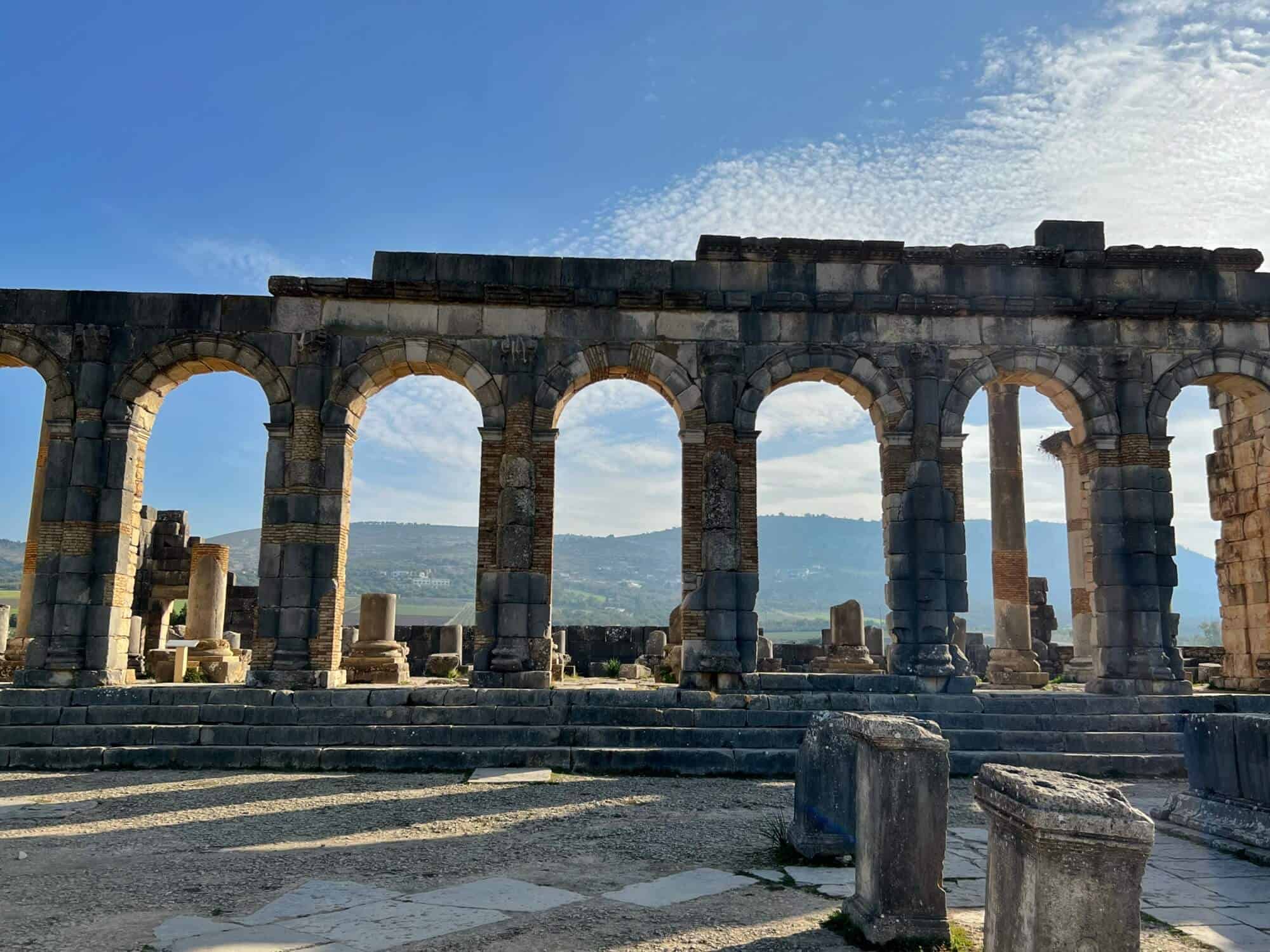
Next to the House of Orpheus are the ruins of Galen’s Thermal Baths. Although mostly broken, they clearly show this Roman hammam’s highly developed underfloor heating (look for the low arches). Opposite the steam room are the communal toilets.
Houses With Mosaics
The House of Orpheus is the fanciest home, featuring a mosaic of Orpheus playing the lute to charm animals and another mosaic with dolphins in the dining room. It also has a private bathhouse with a hot room where you can see the steam pipes, a warm room, a cold room, and a sunroom.
But I liked the view and the mosaic of Bacchus coming across the sleeping Ariadne, who later bore him six children at the House of the Knight. The house takes its name from a bronze statue found here in 1918 that is now on display in the archaeological museum in Rabat.
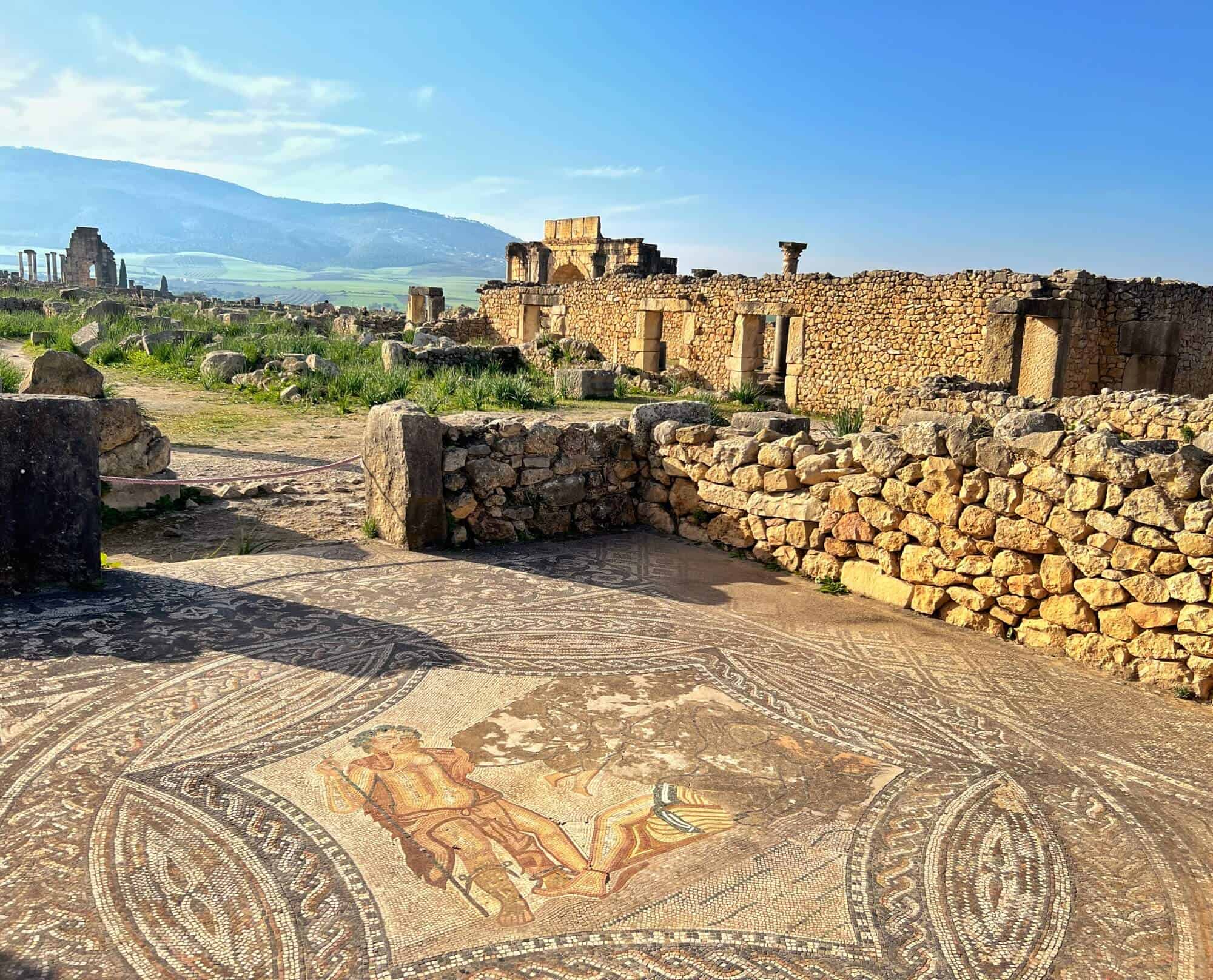
How Do You Get To Volubilis
I visited Volubilis as part of my two-week tour with Nomadic Tours. (Note: I paid for this trip; it wasn’t sponsored. And if you’re looking to do a two-week guided tour of the highlights of Morocco, I do highly recommend this one.)
However, if you’re travelling independently but don’t have a car, there are many reasonably priced tours from Fez to Volubilis.
If you’re travelling by public transport, the best option is to go from Meknes, which can easily be reached by train from other cities in Morocco.
From Meknes, take bus number 15 or a shared taxi to Moulay Idriss. From Moulay Idriss, it’s a half-hour walk to Volubilis, or try your luck negotiating with a local taxi.
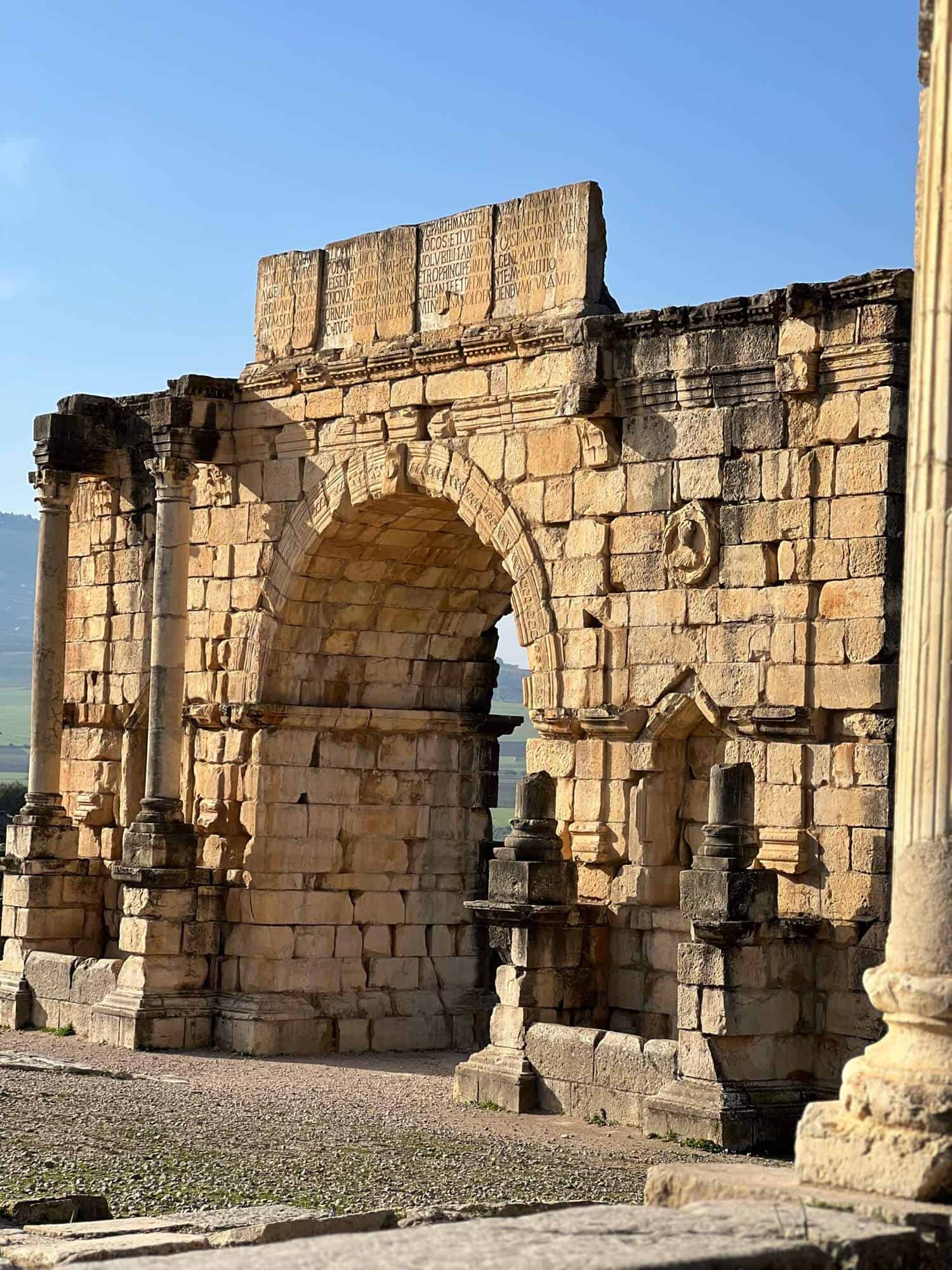
Opening Hours At Volubilis
The Roman ruins are open daily from 08:30 am to one hour before sunset. Allow yourself a minimum of two hours to explore the site.
How Much Does It Cost To Visit Volubilis
It costs 70 MAD, which is roughly $7 or €7. Local guides are available at the entrance and are very keen to show you around.
Where To Stay Near Volubilis
Accommodation is nearby if you want to stay close to the Roman ruins. Check out prices and availability here.
Is Volubilis Worth Visiting?
Yes, but I would say that as I love wandering around Roman ruins especially uncrowded ones like Volubilis. The site offers a unique opportunity to discover what life in the Roman Empire in North Africa would have been like.
For More Posts On Morocco And Other Parts Of Africa, Check These Out.
Best Things To Do In Rabat Morocco
A Day Trip To Victoria Falls From Botswana
Best National Parks In Botswana
Visit Atlas Studios – The Hollywood of Morocco
Amazing Pictures of the Temple of Kom Ombo, Egypt
Temple of Isis at Philae, Egypt
Over 50 Travel in Egypt With On the Go Tours
Save This Post For Later
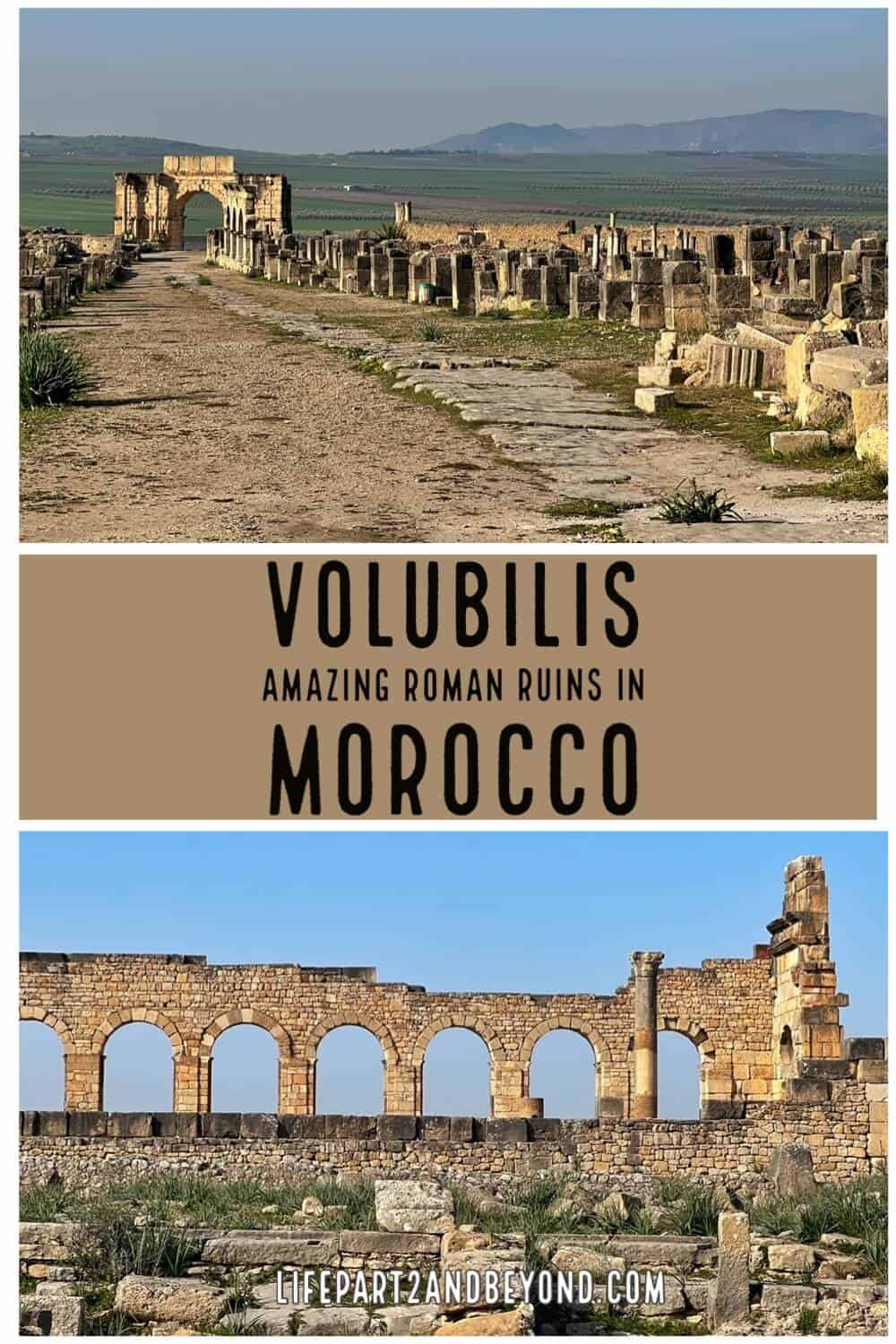
Disclaimer: Some of the links on this website are “affiliate links”, meaning that if you click on the link and make a purchase, I will receive a small commission at no extra cost. This helps me to keep my website running and continue to share my travelling knowledge with you. I thank you for using the links on my website.






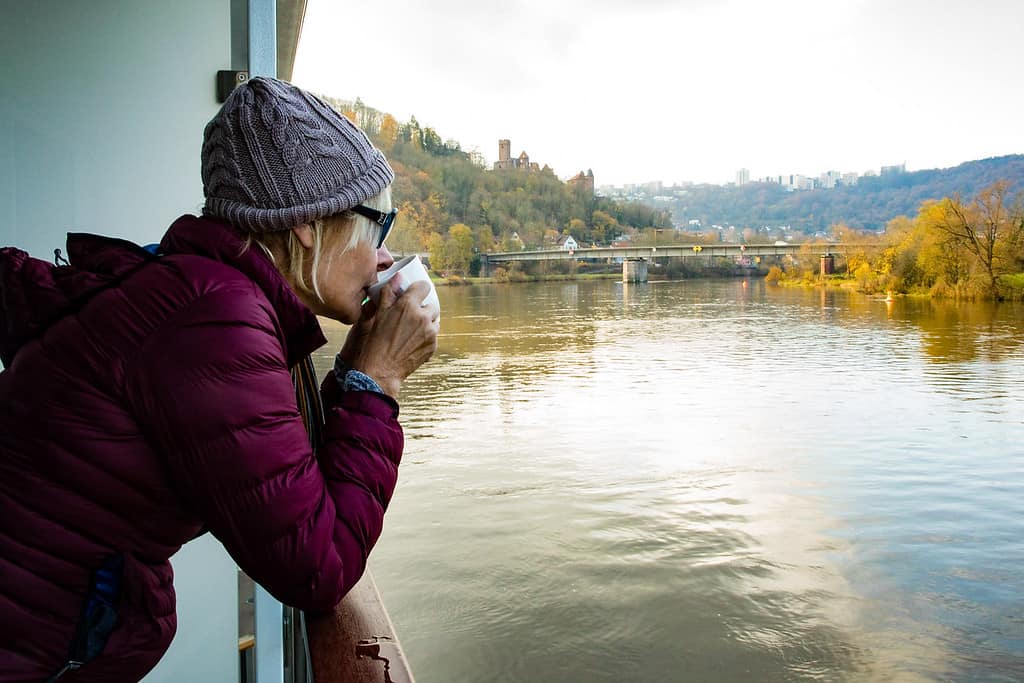
Great post – I’m in the midst of planning my first trip to Morocco and this was a super helpful and inspiring post. Thank you!
Well definitely add a stop at Volubilis then. Enjoy Morocco 🙂